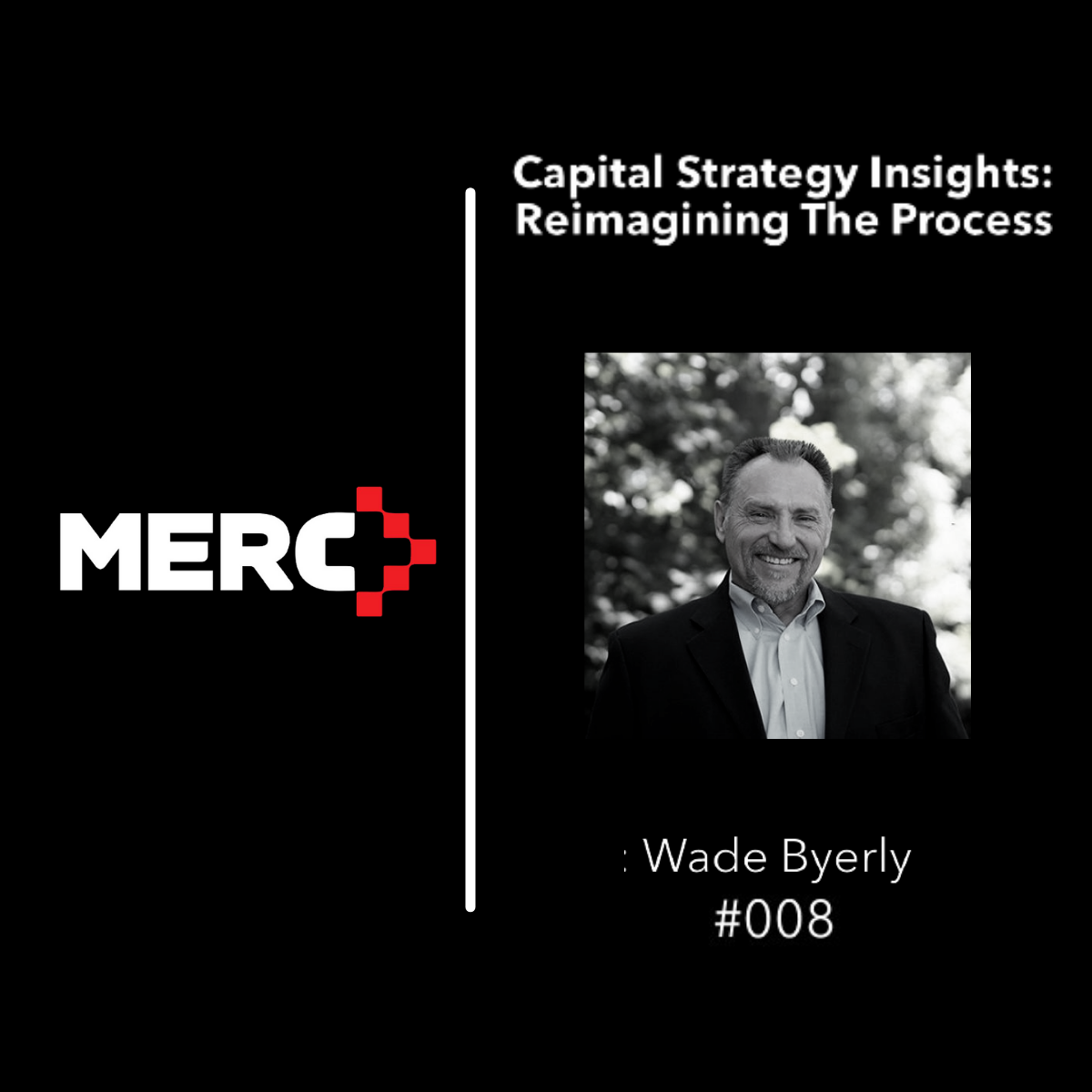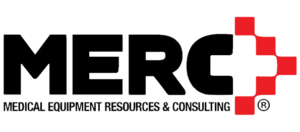Capital Strategy Insights: Reimagining The Process #008

03.23.2022
#008 Strategic Capital Planning – Overview, or “What would Sun Tzu do?”
In Post #007 we touched on developing a strategic approach to capital procurement and spend. The considerations for the strategy included prioritization, timing and scheduling, process, contracting, activation, liquidation approach or planning, and decommissioning. We’ll cover all of those in greater detail in future posts, but what I want to address is the overview or top-down perspective that will guide the strategy development.
Of these considerations prioritization and timing and scheduling are preparatory in nature, and the other considerations are executory. So, how does the organization strategically prepare for a multi-million dollar spend? I think Sun Tzu has some good advice.
Sun Tzu was a Chinese general and military strategist, and his strategic advice applies to business as well. He advises to know the opposition as well as yourself, and those that invest in this approach have the contest won before it begins.
Is buying capital equipment a militaristic endeavor? No, but it is a contest of who gives up the most margin in the transaction. In that sense, you and the vendor are competing over margin, you for paying too much, the vendor for maximizing profitability.
How do you “know” the vendor? You have to think like a vendor to understand their pain points. They are doing that with you: “My solution solves this problem in this time frame.” Now, consider “how is the vendor being measured for success? How will selling this device impact their organization?”
Prioritization is knowing yourself – your organizational capital needs. Answering the questions of what devices are needed to be purchased and which devices are most important or urgent to purchase enables the organization to identify when and where to focus their efforts. Back to previous posts, things like reliability, standard of care, market value, asset equity position, installation, deinstallation of existing asset(s), new services and initiatives, and other considerations contribute to prioritization.
Prioritization is ordinal. Timing and scheduling enable you to manage the capital procurement project. Understanding the impact of those executory elements allows you to schedule the project, and while prioritization is ordinal, the schedule can and should be built in parallel for efficiency.
Timing also links back to the vendor. I don’t want to go into too much detail in this overview, but if you are thinking about the vendor and their goals, you can use timing to your advantage.
Two final thoughts from Sun Tzu: “Strategy without tactics is the slowest route to victory; tactics without strategy is the noise before defeat”; and, “…if you know the enemy and know yourself, your victory will not stand in doubt…” Know and understand your vendors’ motivation and know your needs by priority and timing and you will be in the driver’s seat – strategic capital planning for maximum results and value.
Again, we concentrated on strategic planning from an overview in this post when I indicated that we would do a deeper dive on replacement prioritization using metrics. I just felt this topic needed to precede that one. This next post I fully expect to get to metric-based planning and hope you will join us then. As always, feel free to comment at info@medicalequipmentconsultants.com.


